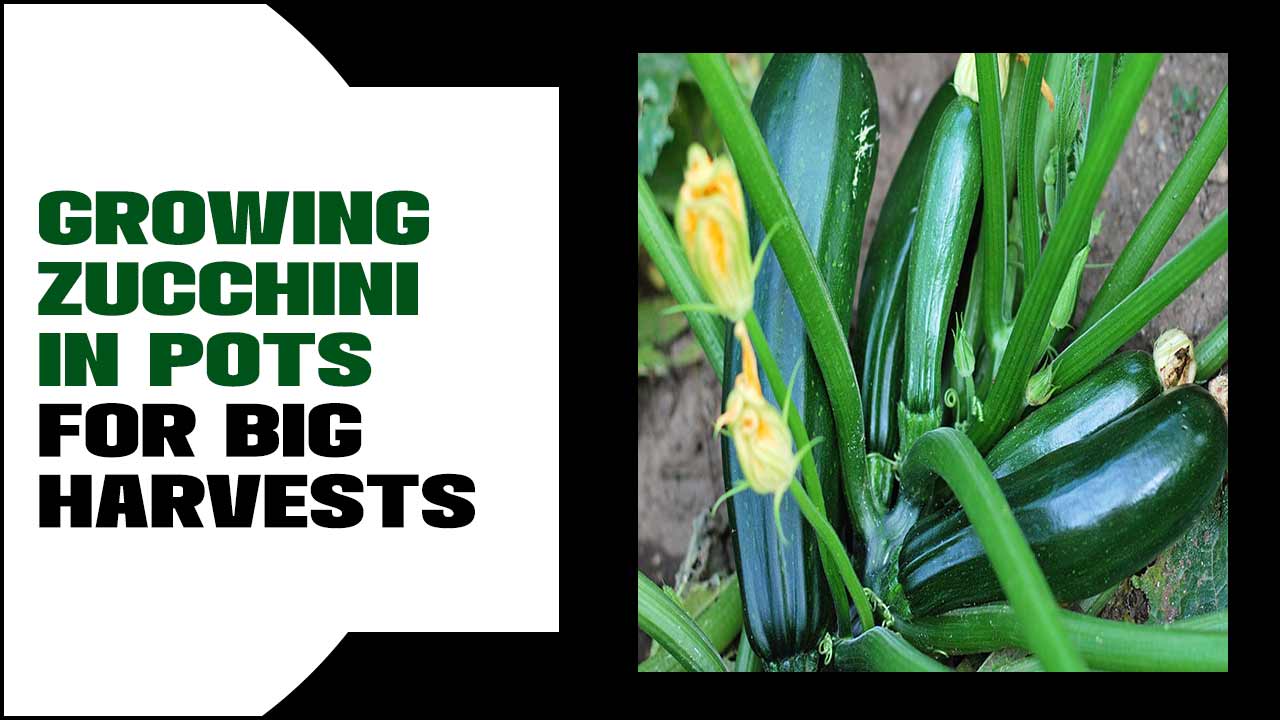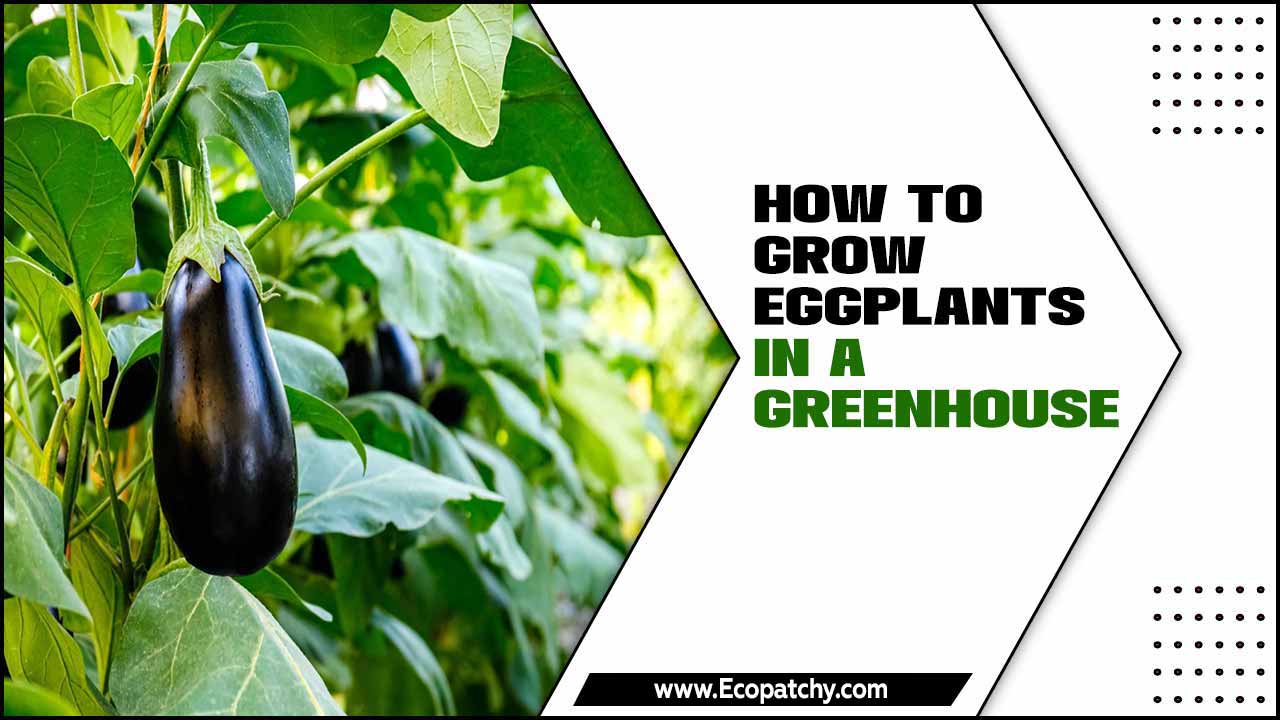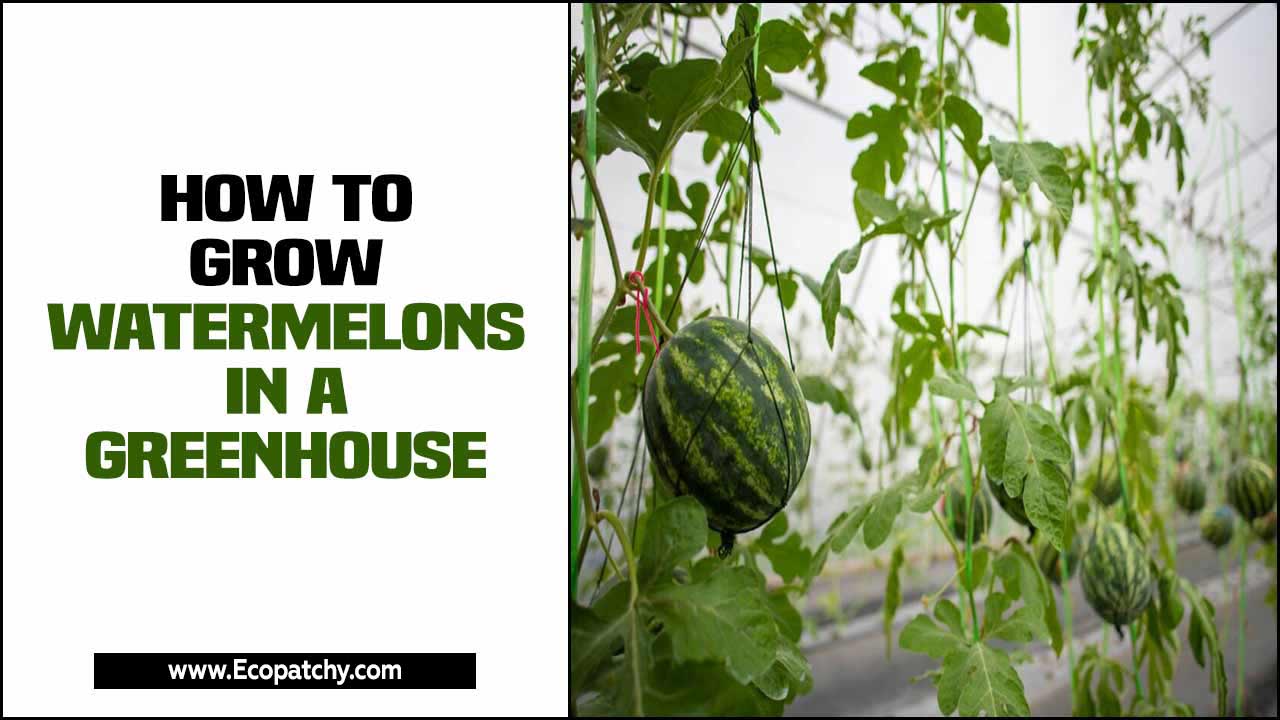Zucchini, also known as courgette, is a popular and versatile vegetable many gardeners love. Its mild and slightly sweet flavour makes it a great addition to various dishes, from stir-fries to salads.
While zucchini can be grown in traditional outdoor gardens, it can also thrive in a greenhouse environment. Greenhouses provide a controlled and protected environment, allowing for optimal growth and protection from external elements such as pests and harsh weather conditions.
Here, we will guide you in selecting the right zucchini variety for greenhouse cultivation and provide five natural ways how to grow zucchini in a greenhouse. We will also discuss the benefits of growing zucchini in a greenhouse, managing pests and diseases, and tips for harvesting your produce at the right time. Follow our step-by-step guide to growing zucchini in a greenhouse and enjoy fresh, healthy vegetables all year round!
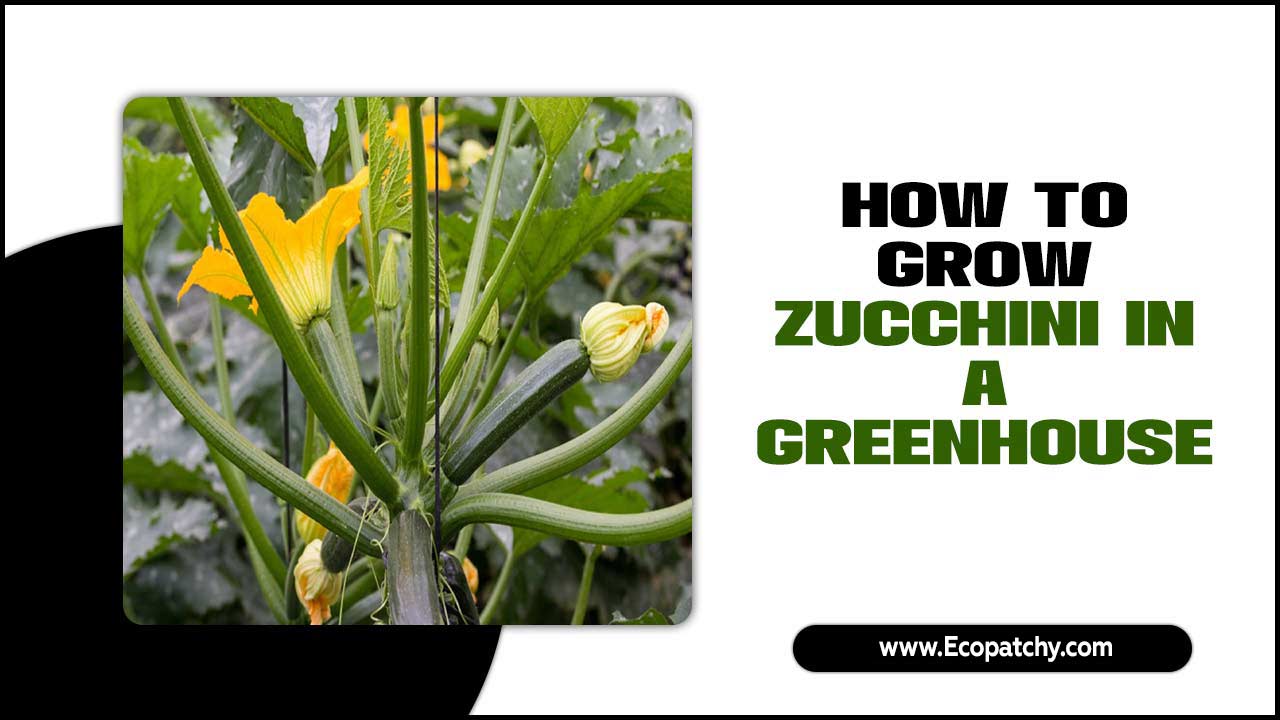
Selecting The Right Zucchini Variety For Greenhouse Cultivation
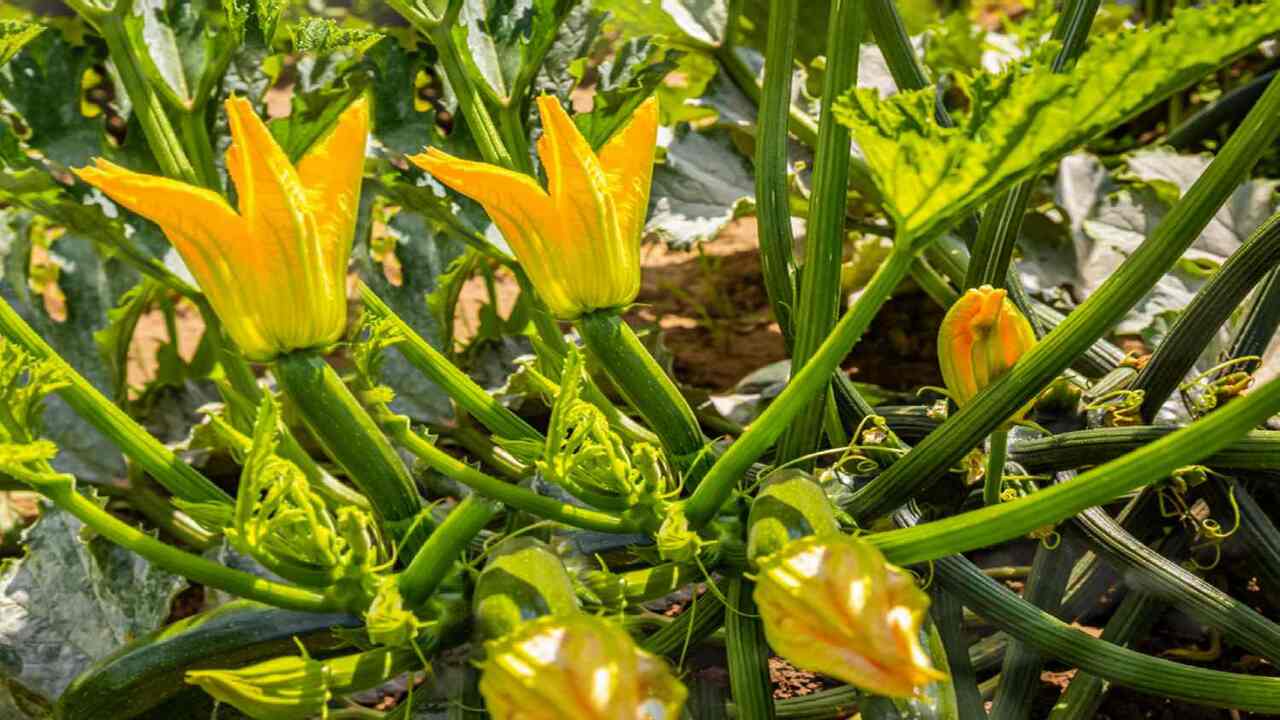
When growing zucchini in a greenhouse, it is important to select the right variety that will thrive in a controlled environment. Compact varieties of zucchini plants are ideal for greenhouse cultivation as they take up less space and allow for higher-density growing.
Look for zucchini varieties that are disease resistant to cope with any potential challenges. Consider bush varieties with a more compact growth habit for optimal use of space. It’s also important to choose zucchini seeds best suited for greenhouse conditions. Finally, ensure that the zucchini plants have plenty of room to grow within the greenhouse to maximize their potential.
Compact Varieties
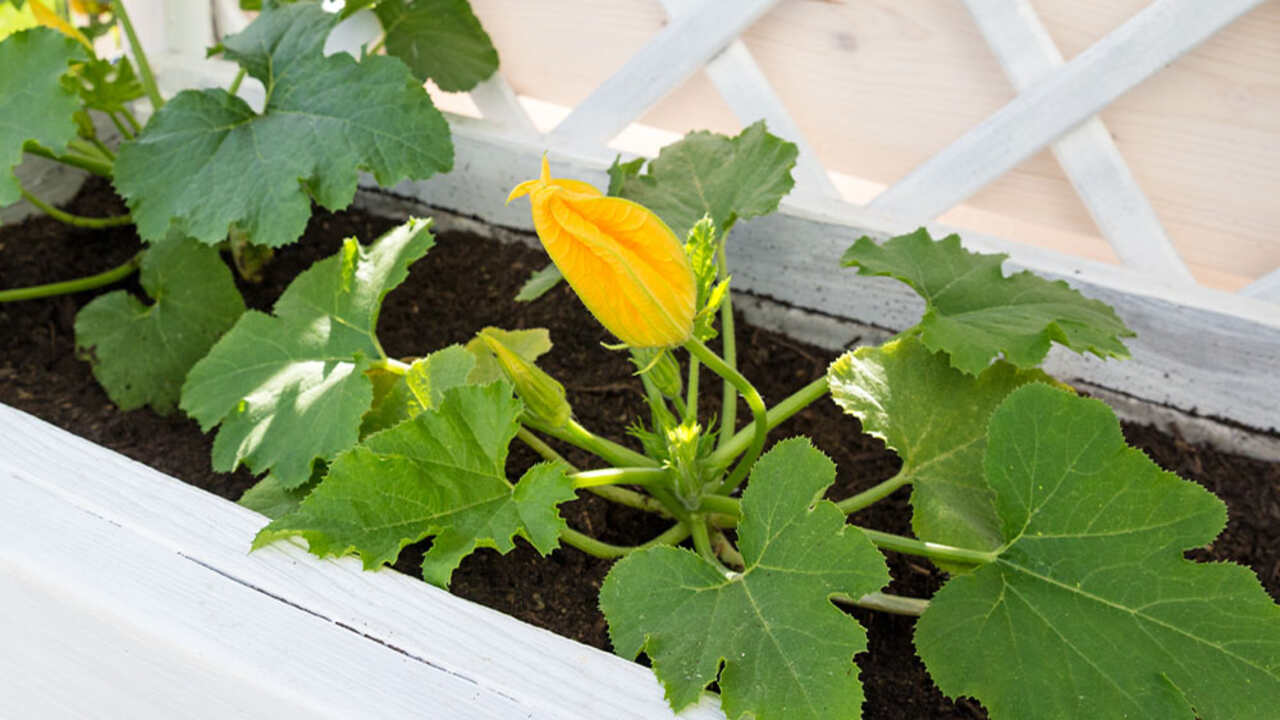
Compact zucchini varieties are well-suited for greenhouse cultivation due to their unique characteristics. These varieties take up less vertical space, allowing for efficient use of limited greenhouse areas. Despite their compact size, they still produce a generous harvest of zucchini fruits.
Growing compact varieties enables higher-density cultivation, maximizing the potential yield within the available space. One advantage of these zucchini plants is their ease of management and harvesting in a greenhouse environment. With their smaller stature, it becomes more convenient to tend to the plants and gather the ripe produce.
Disease Resistant Varieties
To ensure successful greenhouse cultivation of zucchini, it’s important to choose disease-resistant varieties. These zucchini plants are specially bred to withstand common greenhouse diseases such as powdery mildew and botrytis. They can thrive in the humid conditions found within a greenhouse, reducing the risk of crop loss.
However, proper ventilation and humidity control are necessary to create an optimal environment for disease-resistant zucchini plants. By selecting zucchini varieties that have been bred for resistance,
you can protect your crop and increase your chances of a successful harvest. Remember, growing disease-resistant varieties is like having a best friend to help you combat common zucchini diseases in the protected environment of your greenhouse.
How To Grow Zucchini In A Greenhouse: 5 Naturally Ways
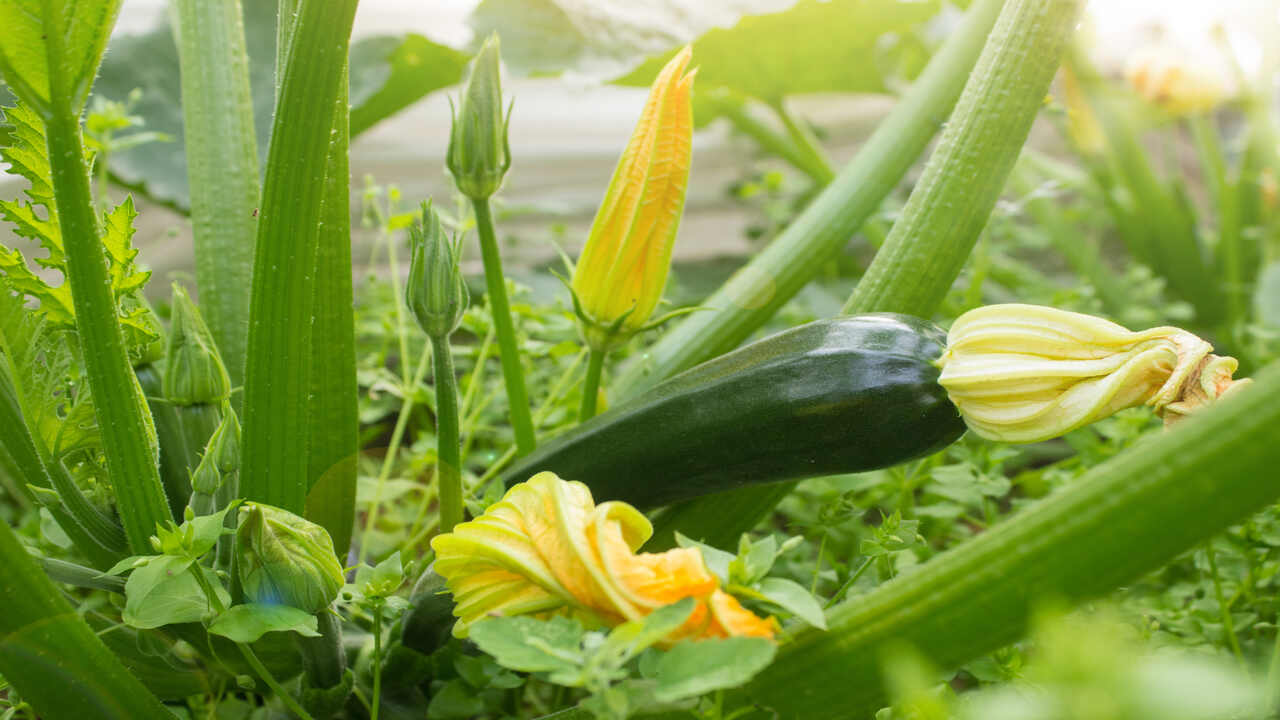
Growing zucchini in a greenhouse can be a great way to extend the growing season and ensure a bountiful harvest. Zucchini is a versatile and delicious vegetable that can thrive in a greenhouse environment.
The controlled conditions of a greenhouse provide zucchini plants with optimal temperature, humidity, and protection from pests and diseases. Following these natural methods, you can enjoy a successful zucchini harvest in your greenhouse and fresh, homegrown produce throughout the year. Here are five natural ways how to grow zucchini in a greenhouse:
1.Start With Quality Seeds Or Seedlings
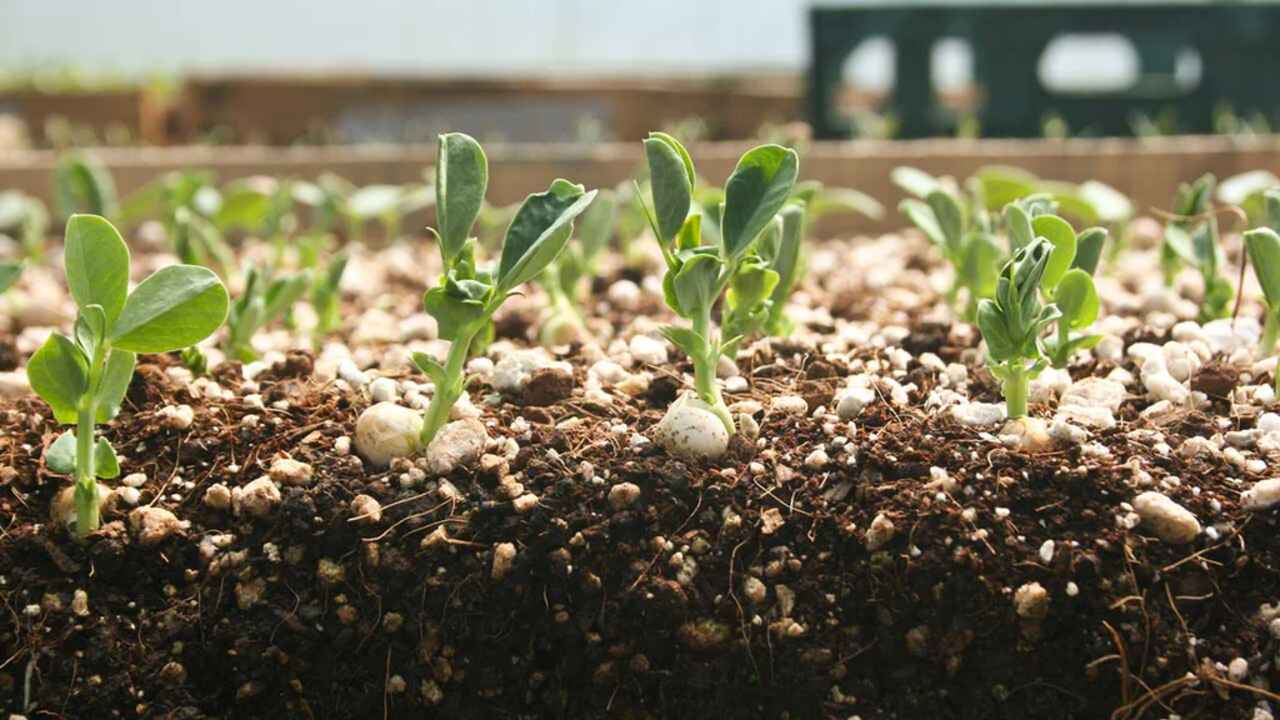
Begin your greenhouse zucchini cultivation by selecting seeds or seedlings of superior genetic quality. Opt for zucchini seeds or seedlings specifically suited for greenhouse growing conditions. It’s advisable to source them from reputable growers or seed companies.
When transplanting zucchini seeds or seedlings in the greenhouse, follow proper techniques to promote successful growth. Take special care to protect your zucchini plants from pests and diseases during their early stages of development. This initial step sets the foundation for a thriving zucchini crop in your protected environment.
2.Provide Proper Ventilation
To ensure successful greenhouse cultivation of zucchini, it is crucial to provide proper ventilation. Maintaining adequate airflow inside the greenhouse helps prevent humidity build-up and the growth of fungal diseases. This can be achieved by opening greenhouse vents and windows or using fans to circulate fresh air.
Additionally, proper ventilation promotes optimal pollination of zucchini flowers, which is essential for successful fruit production. Monitoring greenhouse temperatures and humidity levels is also important, as adjustments may need to be made to the ventilation system based on weather conditions.
3.Maintain Optimal Temperature And Humidity Levels
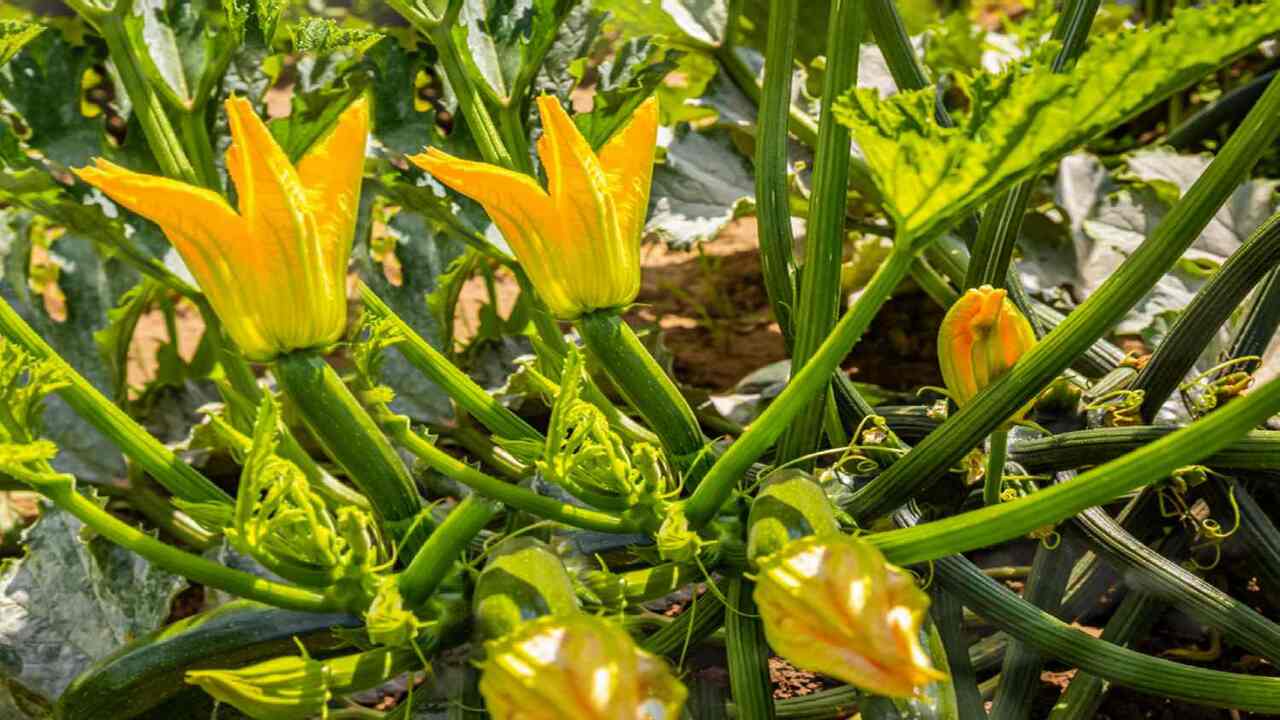
To ensure healthy growth and fruit production of your greenhouse zucchini plants, it’s crucial to maintain optimal temperature and humidity levels. During the zucchini growing season, aim for greenhouse temperatures of 75-85°F. Additionally, monitor humidity levels and keep them between 50-70% for your zucchini plants.
To prevent excessive heat build-up, utilize proper greenhouse shading techniques. Adequate irrigation is also essential to maintain proper moisture levels in the soil. By controlling temperature and humidity, you’ll create an ideal environment that promotes healthy growth and fruit production for your green zucchini. Remember, proper temperature and humidity control are your zucchini plants’ best friends.
4.Implement Proper Watering Techniques
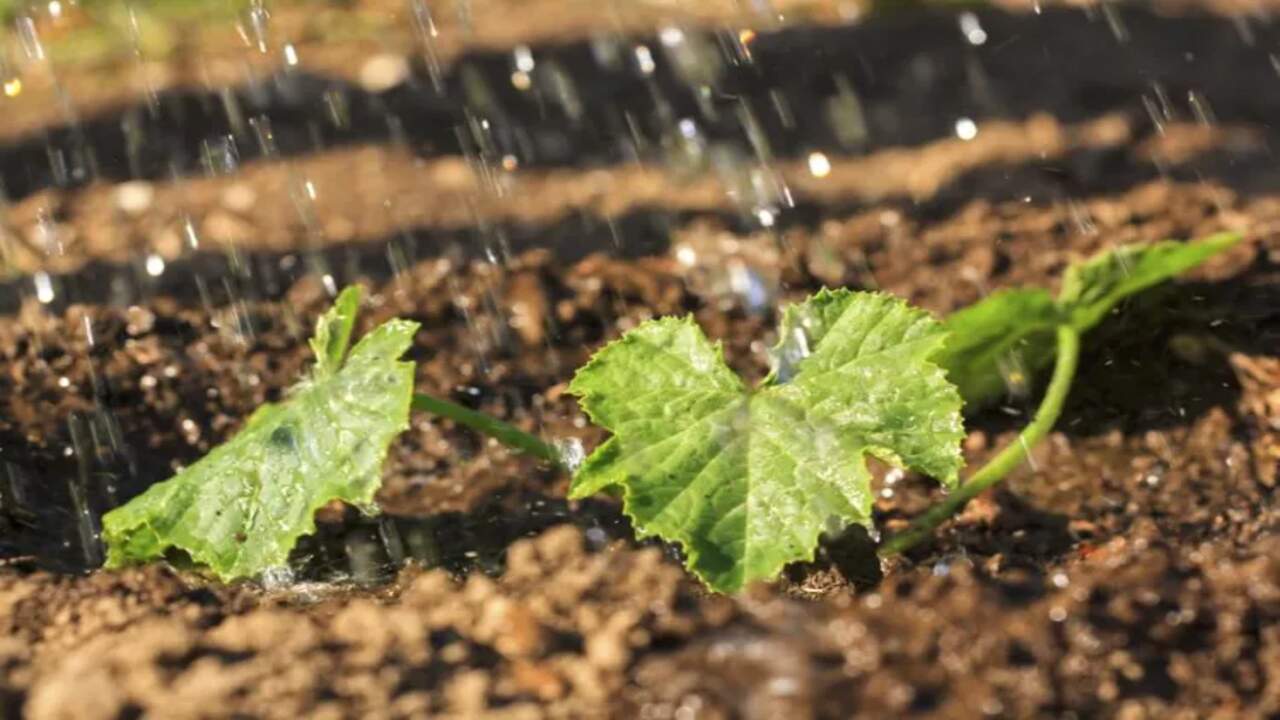
To ensure the successful growth of zucchini in a greenhouse, implementing proper watering techniques is crucial. It is recommended to water the plants deeply, allowing the soil to dry slightly between watering sessions. Drip irrigation systems can provide uniform moisture to the zucchini plants, preventing overwatering.
Overwatering can lead to root rot, especially in greenhouse conditions. Watering the plants early in the day allows the foliage to dry before evening, reducing the risk of fungal diseases. Additionally, mulching around the zucchini plants helps retain moisture and prevents weed growth. By following these watering techniques, you can promote healthy growth and maximize your zucchini harvest.
5.Pollinate By Hand
To ensure successful zucchini harvests in a greenhouse, it is essential to pollinate the flowers by hand. Start by selecting the right variety of zucchini suitable for greenhouse growing. Prepare the soil and fertilize it properly to provide the necessary nutrients.
Create the ideal environment inside the greenhouse by maintaining adequate light, temperature, and humidity levels. Regularly water and prune the zucchini plants for healthy growth. When it comes to pollination, use a small paintbrush or cotton swab to transfer fresh pollen from the male flower anther to the female flower stigma. Adequate pollination is essential for the production of zucchini fruit.
Benefits Of Growing Zucchini In A Greenhouse
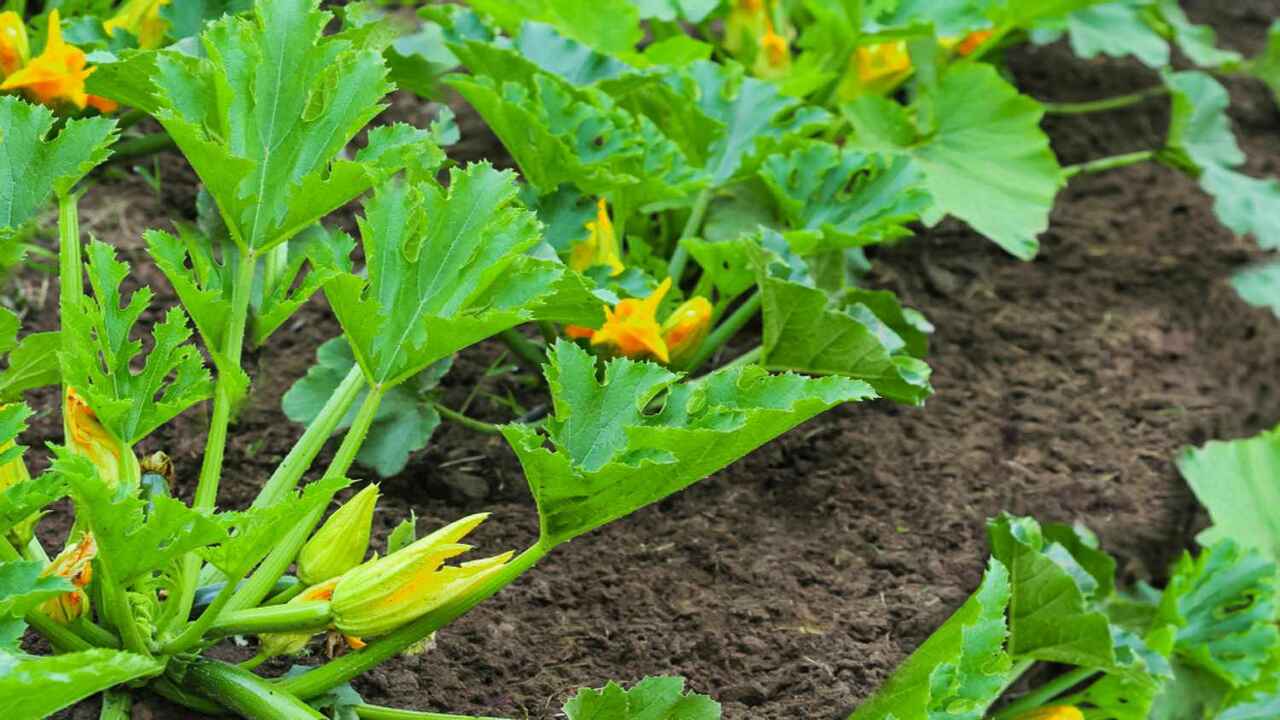
Growing zucchini in a greenhouse can offer several benefits for gardeners. Firstly, a greenhouse provides a controlled environment, allowing for optimal temperature and humidity levels that are essential for the successful growth of zucchini. This means that even in regions with unpredictable weather or shorter growing seasons, gardeners can still enjoy a bountiful harvest of fresh zucchini.
Additionally, growing zucchini in a greenhouse can help protect the plants from pests and diseases, as the enclosed space creates a barrier between the plants and potential threats. Lastly, a greenhouse offers the opportunity to extend the growing season, allowing gardeners to enjoy zucchini for longer.
Overall, the benefits of growing zucchini in a greenhouse make it an attractive option for those looking to maximize their gardening efforts and enjoy this delicious summer squash throughout the year.
Managing Pests And Diseases In Greenhouse Zucchini
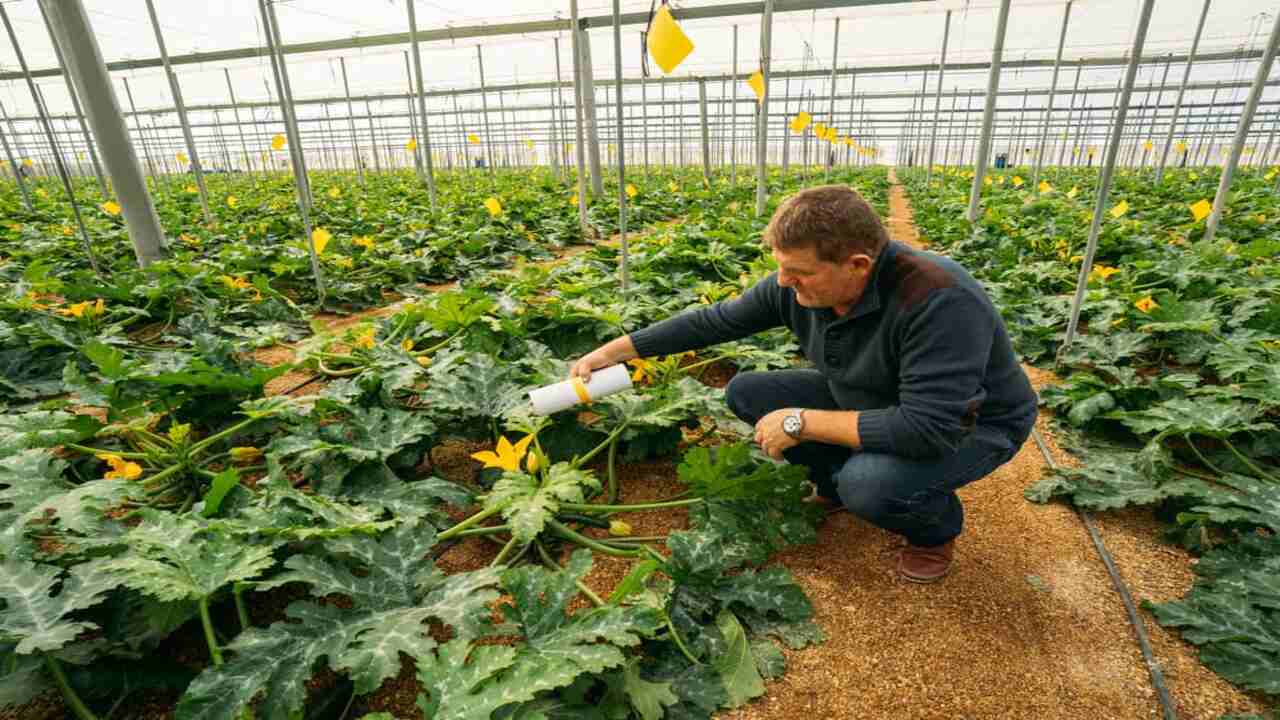
When growing zucchini in a greenhouse, it is important to be proactive in managing pests and diseases. Greenhouses provide a controlled environment that can promote the growth of pests and diseases if not properly monitored. Here are some tips for managing pests and diseases in greenhouse zucchini:
- Monitor Regularly: Keep a close eye on your plants for signs of pests or diseases. Look out for common pests like aphids, whiteflies, and spider mites, as well as diseases such as powdery mildew and blossom end rot.
- Practice Good Hygiene: Maintain cleanliness in your greenhouse by removing fallen leaves or debris that may harbour pests or diseases. Also, make sure to sanitize your tools and equipment regularly to prevent the spread of pathogens.
- Use Natural Predators: Introduce beneficial insects like ladybugs, lacewings, or parasitic wasps to control common pests. These natural predators can help keep pest populations under control without the need for chemical pesticides.
- Rotate Crops: Avoid planting zucchini in the same location year after year to reduce the risk of soil-borne diseases building up. Opt for crop rotation to maintain a healthy growing environment.
- Provide Adequate Ventilation: Good airflow is crucial in preventing the development of fungal diseases. Ensure proper ventilation in your greenhouse by using fans or opening windows to promote air circulation.
By implementing these practices, you can effectively manage pests and diseases in your greenhouse zucchini crop and ensure a successful harvest.
When Is The Perfect Time To Harvest Greenhouse Zucchini?

Knowing the perfect time to harvest greenhouse zucchini is crucial for ensuring you get the best flavour and texture from your crop. Generally, zucchini should be harvested when they reach a length of 6-8 inches and have a glossy, dark green colour. At this stage, the zucchini will still be tender and flavorful.
It’s important not to let them grow too large, as they can become tough and less enjoyable to eat. Regularly inspect your zucchini plants and harvest the mature fruits as soon as they are ready. This will also encourage new growth and increase your overall yield. Happy harvesting!
Conclusion
Growing zucchini in a greenhouse offers numerous benefits, such as extended growing seasons, protection from pests and diseases, and control over environmental factors like temperature and humidity. By selecting the right zucchini variety and implementing natural cultivation techniques, you can ensure a successful harvest.
Remember to start with quality seeds or seedlings, provide proper ventilation, maintain optimal temperature and humidity levels, implement proper watering techniques, and pollinate by hand if needed.
Additionally, it is important to manage pests and diseases effectively to safeguard your crop. Knowing the perfect time to harvest your greenhouse zucchini will ensure you enjoy the best flavour and texture. We hope you know how to grow zucchini in a greenhouse. Happy gardening!
Frequently Asked Questions
1.What Is The Best Zucchini For Greenhouse?
Ans: The best zucchini variety for greenhouse cultivation is a compact and bushy type. Look for varieties like Eight Ball, Patio Star, or Astia. Choose a zucchini with a short maturity period to maximize your greenhouse space. Ensure proper ventilation and avoid overcrowding for healthy plants.
2.Do Zucchini Grow Well In A Greenhouse?
Ans: Zucchini can thrive in a greenhouse environment. With the right conditions of sunlight, warmth, and water, greenhouses provide an ideal setting for zucchini growth. Proper ventilation is crucial to prevent heat buildup and disease.
3.What Are The Benefits Of Growing Zucchini In A Greenhouse?
Ans: Growing zucchini in a greenhouse offers several benefits. Firstly, it allows for year-round cultivation and protection from pests. Secondly, the controlled environment in a greenhouse can result in higher yields and better quality produce.
4.What Is The Best Time To Water A Vegetable Garden?
Ans: The best time to water a vegetable garden is early morning when the sun is not too hot. This allows the plants to absorb the water before it evaporates. Avoid watering during mid-day to prevent scorching of leaves and in the evening to prevent excess moisture and disease growth.
5.Does Zucchini Grow Best In Sun Or Shade?
Ans: Zucchini plants thrive in full sunlight, requiring at least 6 hours of direct sun daily. Shade can hinder growth and reduce yields. Ensure your greenhouse provides ample sunlight, or consider using artificial light as a supplement.

